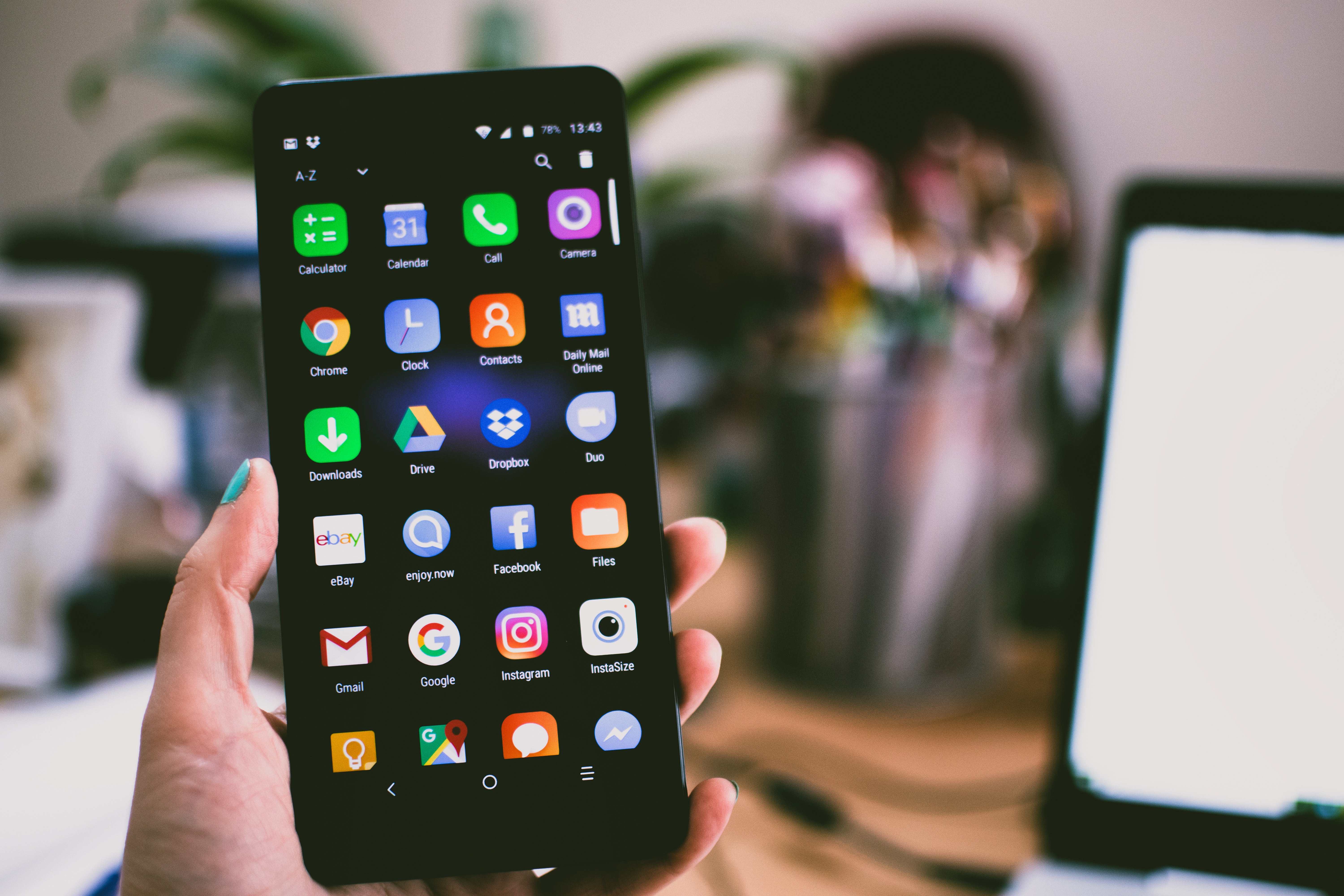What to Know About Popular Smartphone Brands
Smartphone brands design devices with varying displays, cameras, and software systems. Differences in design and functionality help users select models suited to their needs. Learning how major brands approach innovation provides insight into trends in mobile technology.

Popular Mobile Phone Brands and Their Market Position
The global smartphone industry is dominated by several key manufacturers, each offering unique value propositions. Samsung continues to hold significant market share with its Galaxy series, spanning from budget-friendly models to premium flagship devices. Apple maintains its position with the iPhone lineup, known for its integrated ecosystem and consistent software updates. Chinese manufacturers like Xiaomi, OnePlus, and Huawei have gained substantial ground by offering competitive specifications at various price points.
Google’s Pixel series focuses on computational photography and pure Android experiences, while brands like Motorola and Nokia emphasize durability and clean software interfaces. Understanding each brand’s strengths helps identify which manufacturer aligns with individual preferences and requirements.
Top Android Phone Brands and Their Distinctive Features
Android manufacturers differentiate themselves through various approaches to hardware and software customization. Samsung’s One UI provides extensive customization options and multi-device integration features. OnePlus emphasizes fast charging technology and smooth performance optimization, appealing to users who prioritize speed and efficiency.
Xiaomi offers feature-rich devices with MIUI, providing extensive personalization options at competitive prices. Google Pixel phones deliver the purest Android experience with guaranteed security updates and advanced AI-powered camera capabilities. Motorola focuses on near-stock Android experiences with useful additions like gesture controls and always-on displays.
Affordable Smartphone Brands and Budget Considerations
Budget-conscious consumers have numerous options across different price segments. Brands like Realme, Redmi (Xiaomi’s sub-brand), and Honor provide solid specifications without premium pricing. These manufacturers often include features typically found in more expensive devices, such as multiple camera lenses, fast charging, and large displays.
Motorola’s G-series and Samsung’s A-series offer reliable performance for everyday tasks while maintaining brand recognition and support networks. Nokia’s affordable lineup emphasizes durability and clean software experiences, making them suitable for users seeking straightforward functionality without unnecessary complications.
New Smartphone Models and Current Trends
Recent smartphone releases focus on camera improvements, battery life optimization, and display quality enhancements. Manufacturers are incorporating higher refresh rate screens, improved low-light photography capabilities, and faster charging technologies across various price points.
Foldable devices from Samsung and emerging competitors represent a growing segment, though pricing remains elevated. 5G connectivity has become standard in most new releases, even in mid-range devices. Artificial intelligence integration for photography, voice assistance, and performance optimization continues expanding across all market segments.
Flagship Smartphone Choices and Premium Features
Premium smartphones showcase manufacturers’ latest innovations and technological capabilities. Apple’s iPhone Pro series emphasizes camera systems, build quality, and ecosystem integration. Samsung’s Galaxy S and Note series offer advanced displays, S Pen functionality, and comprehensive feature sets.
Google Pixel Pro models focus on computational photography and AI-powered features, while OnePlus flagship devices prioritize performance and fast charging. Premium devices typically include features like wireless charging, water resistance, premium materials, and extended software support periods.
| Brand | Popular Model Series | Price Range | Key Features |
|---|---|---|---|
| Samsung | Galaxy S, Galaxy A | $200-$1,200 | Versatile cameras, One UI, S Pen support |
| Apple | iPhone | $400-$1,600 | iOS ecosystem, consistent updates, premium build |
| Pixel | $300-$900 | Pure Android, computational photography, AI features | |
| OnePlus | OnePlus series | $300-$800 | Fast charging, smooth performance, OxygenOS |
| Xiaomi | Mi, Redmi | $150-$700 | High specs-to-price ratio, MIUI customization |
| Motorola | Moto G, Edge | $200-$600 | Near-stock Android, reliable performance |
Prices, rates, or cost estimates mentioned in this article are based on the latest available information but may change over time. Independent research is advised before making financial decisions.
Smartphone Brand Comparison and Selection Criteria
Choosing between smartphone brands requires considering factors beyond specifications and pricing. Software update policies vary significantly, with Google and Apple providing the longest support periods. Camera performance differs based on computational processing approaches, with each manufacturer developing distinct photographic styles.
Battery life, charging speeds, and overall build quality should factor into decision-making processes. Brand reputation for customer service, warranty support, and device longevity also influences long-term satisfaction. Consider ecosystem compatibility if using other devices from the same manufacturer, as integration features can enhance overall user experiences.
The smartphone market continues evolving rapidly, with manufacturers constantly introducing new technologies and refining existing features. Understanding each brand’s philosophy and target audience helps identify the most suitable option for individual needs and preferences.




